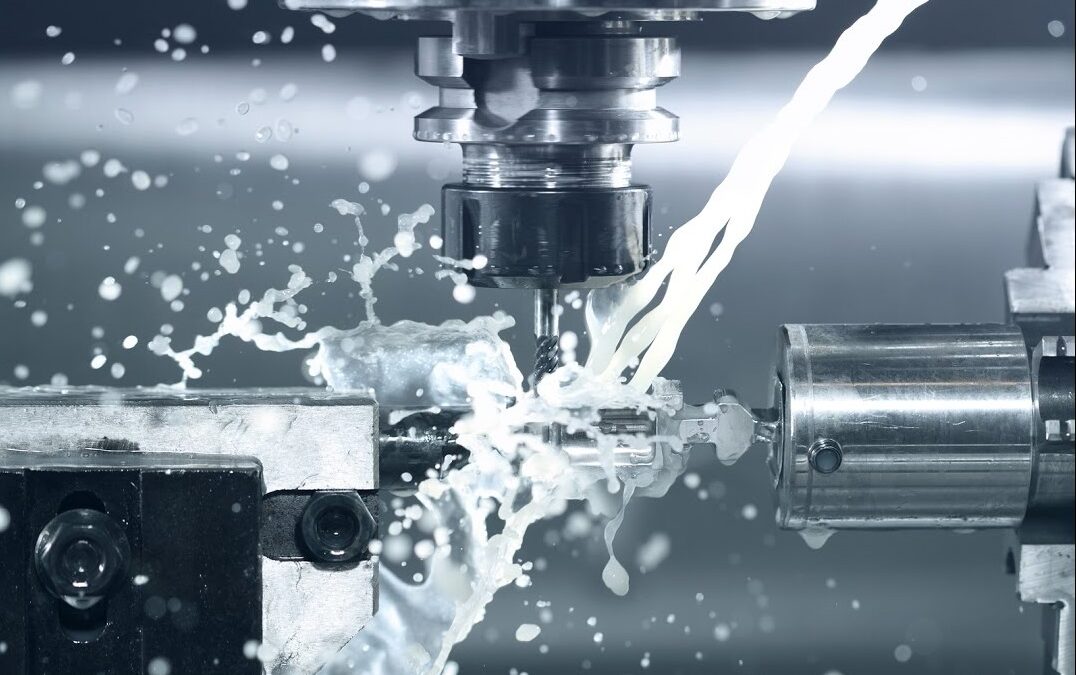Learning how to learn cnc milling machine operations is essential for anyone looking to dive into the field of manufacturing and precision engineering. Whether you are an entrepreneur seeking to understand the technical aspects of production or a business leader aiming to optimize operational efficiency, understanding CNC (Computer Numerical Control) milling is crucial. In this guide, we will explore the methods and resources you need to become proficient in CNC milling operations.

Understanding CNC Milling Machines
What is a CNC Milling Machine?
A CNC milling machine is a sophisticated piece of equipment used for precise cutting and shaping of materials. It operates based on computerized controls to dictate the movement and operation of the tool for various applications, such as milling, drilling, and contouring metal and plastic components. The ability to automate cutting processes ensures higher precision, repeatability, and efficiency in production lines.
Components of a CNC Milling Machine
To effectively learn about CNC milling, one must be familiar with the primary components. These components include the machine itself, the control unit, milling tools, and software systems that run the operations. Understanding each part’s function is key to mastering the machine’s operation.
The Basics of CNC Milling
How CNC Milling Works
The process begins by feeding the CNC machine with 3D design data, which controls the operations through specialized software. The machine then utilizes milling tools to cut or shape materials according to the design specifications. Precision is maintained through the meticulous control of axes within the machine.
Types of CNC Milling Machines
There are several types of CNC milling machines, including vertical milling machines, horizontal milling machines, and multi-axis machines. Each type has its unique functions and applications, making it crucial for operators to understand the differences and choose the right machine for their needs.
Steps to Learn CNC Milling Operations
Step 1: Get Familiar with the Machine
Spend time observing and interacting with a CNC milling machine. Understand its parts and how each component contributes to milling operations. Hands-on experience is invaluable.
Step 2: Master the Software
Learning the CAD (Computer-Aided Design) and CAM (Computer-Aided Manufacturing) software is critical. These programs allow you to design and plan the manufacturing process. Utilize tutorials and online resources to practice and gain proficiency.
Step 3: Practice Safety
Safety is paramount in any machining environment. Understand and implement safety protocols, such as wearing appropriate gear, maintaining a clean workspace, and ensuring proper machine handling.
Step 4: Enroll in a Course
Consider enrolling in a formal CNC training course. There are many institutions and online providers that offer comprehensive programs, including theoretical knowledge and hands-on experience.
Step 5: Apply Practical Knowledge
Building projects or working in a production environment helps solidify what you’ve learned. Try small projects initially, then gradually tackle more complex tasks as your skills improve.
Online Resources for Learning CNC Milling
Using the Internet for Learning
Various online platforms provide valuable resources for learning CNC milling, such as YouTube tutorials, specialized forums, and educational blogs. Engage with these platforms to expand your understanding and ask questions from experienced practitioners.
Recommended Online Courses
Websites like Coursera, Udemy, and CNC Cookbook offer excellent courses for beginners and advanced learners alike. These courses often include video guides, detailed materials, and practical exercises.
Career Opportunities in CNC Milling
Roles and Industries
Proficiency in CNC milling can lead to numerous career opportunities. Roles include CNC operator, programmer, technician, and designer. Industries such as automotive, aerospace, and manufacturing are always seeking skilled professionals to join their teams.
Advancing Your Career
Continue learning to keep up with advancements in CNC technologies, which can offer avenues for promotions and specialized positions. Engage in professional networks, attend workshops, and pursue certifications to advance your career.

Frequently Asked Questions
What are the prerequisites for learning CNC milling?
There are no strict prerequisites, but a basic understanding of computers, mechanics, and machining will be beneficial.
How long does it take to learn CNC milling?
The time may vary depending on your background and dedication. Typically, it takes a few months to become proficient with practice and proper resources.
What are the costs associated with learning CNC milling?
The costs can vary from free online resources to paid courses that may range from hundreds to thousands of dollars, depending on the level of expertise offered.
For more insights, consider exploring Wikipedia’s page on Milling (machining), which provides additional details on the process and its applications.
This article contains affiliate links. We may earn a commission at no extra cost to you.

